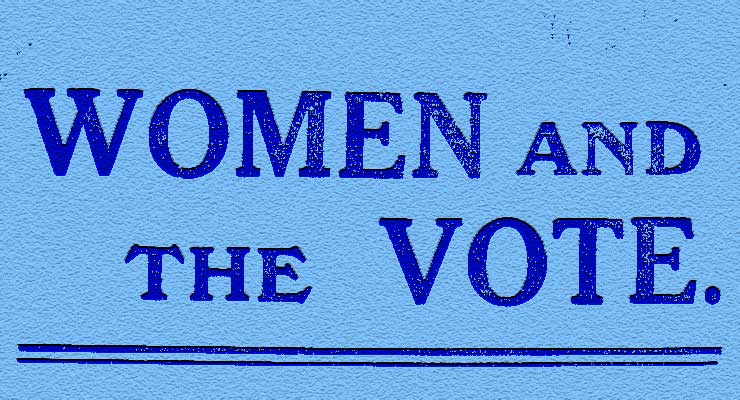
From Voice Of America
Feminist author and activist Gloria Steinem once said, “Women have always been an equal part of the past. We just haven’t been a part of history.”
But American women became an important part of history when they gained the right to vote in 1920.
Making waves
Reaching that groundbreaking milestone was the culmination of decades of struggle by women working at the state and national levels for political empowerment. Women such as social reformer Susan B. Anthony, abolitionists Sojourner Truth and Lucy Stone, and activist Elizabeth Cady Stanton, who helped organize the first women’s rights convention in 1848 in Seneca Falls, New York.
Now, a major new exhibition at the Smithsonian’s National Portrait Gallery in Washington, D.C., explores that complex period in American history. “Votes for Women: A Portrait of Persistence” offers a rich visual presentation of the women’s suffrage movement over a span of 130 years, ahead of the 100th anniversary of passage of the 19th Amendment.
Portraits of persistence
“As a historian, I was really interested to look at the 19th Amendment and what that meant in 1920, and how its legacy unfolded,” said historian and exhibit curator Kate Clarke Lemay.
She explained that the suffrage movement didn’t just appear out of nowhere.
“They had these abolitionist foundations. They had partnerships with the temperance movement. And that is really how they built momentum across the country in the very early stages.”
The seven-room exhibit features more than 120 objects from 1832 to 1965. Photographic portraits and paintings, videos depicting historical footage, and books, banners and posters, provide an in-depth look at the people and events that helped shape American history.
It highlights well-known and lesser-known figures associated with the women’s movement.
How many people know, for example, that Victoria Woodhull was the first woman to run for president, on a third party ticket in 1872? Or that activist Lucy Burns served six different prison sentences for picketing the White House? Or that a group of American women, while studying abroad in England, were inspired by the British suffragette movement to organize at home? Led by suffragist Alice Paul, they staged the first major nonviolent march on Washington on March 3, 1913, which attracted between 5,000 and 8,000 women.
Silent sentinels
“It’s really important for the Smithsonian, and certainly the National Portrait Gallery, to put faces to the women who really marched toward getting the vote and the passing of the 19th Amendment in 1920,” said Kim Sajet, National Portrait Gallery director.
“This exhibition is really about that journey, and about the women who really agitated for the vote, but also for the women who were left out of the history books,” she said. About a third of the collection includes representations of women of color, she said, “because they’ve really been erased from history in many ways.”
That includes African American women, who were often excluded by white women from the main suffrage organizations.
That is particularly relevant, given that “black women were organizing just as much as white women,” Lemay said.
“So this exhibition works to show a more complete history of the women’s suffrage movement by looking at biographies of African Americans, Native Americans, and other women of color, to complement the better-known story that we have in our textbooks.”
The exhibit includes abolitionist Sarah Parker Remond, who filed one of the earliest lawsuits protesting race segregation; Ida B. Wells, who advocated for federal laws against lynching; and Mary Church Terrell, who established the National Association of Colored Women.
Women today
American women have immense political power today, Lemay observed. They make up a huge voting bloc, more than 120 women now serve in Congress, and many others are in major leadership roles.
“If you start from where the exhibition starts in the 1830s … and then trace that thread with the suffrage movement up to this very day when women are actually leading our country, you can see the great continuum and the grand narrative journey that these women had to undergo to achieve that,” Lemay said. “And I’m really excited to see what happens from here on.”
“Votes for Women: A Portrait of Persistence” is part of the Smithsonian American Women’s History Initiative, “Because of Her Story,” and one of the country’s most ambitious undertakings to research, collect, document, display and share the compelling story and history of American women.
The museum hopes the exhibit, which runs through January 5, 2020, will deepen people’s understanding of women’s contributions to the nation and the world.
Leave a Reply